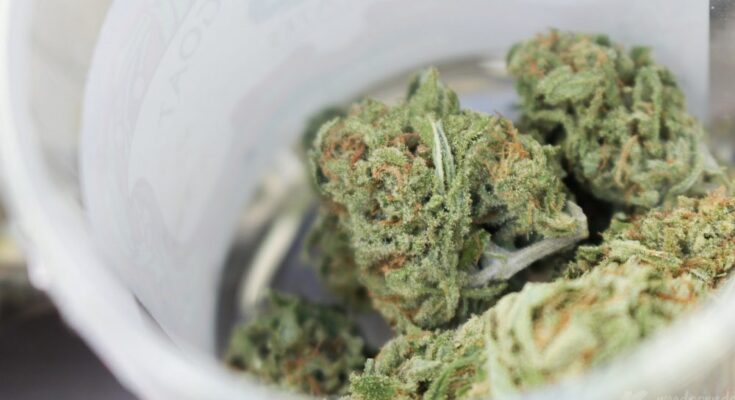The culmination of months of meticulous cultivation, the harvesting and curing phases are critical junctures in the journey of producing premium CBD flower. The techniques employed during these stages significantly influence the quality, potency, and overall consumer experience.
Here, we explore the best practices for harvesting and curing in cbd flower uk cultivation.
Timely harvesting
The timing of the harvest is paramount to the CBD content and overall quality of the flower. Harvesting too early may result in lower cannabinoid levels, while waiting too long can lead to degradation and changes in the plant’s chemical composition. Regular monitoring of trichome development, often guided by color changes, helps determine the optimal harvest time.
Selective harvesting techniques
Employing selective harvesting techniques, such as hand-trimming, allows cultivators to target specific buds and leaves, ensuring a more uniform cannabinoid profile. This attention to detail enhances the overall quality of the CBD flower, as it reduces the inclusion of undesired plant material.
Drying in controlled environments
Post-harvest, the drying process is critical for preserving the flower’s integrity. Drying in controlled environments with optimal temperature and humidity levels prevents mold growth and degradation of cannabinoids and terpenes. Proper ventilation is essential to ensure even drying and prevent the development of undesirable flavors.
Curing for flavor and potency
Curing, the final step before packaging, is where the magic happens. This controlled process involves storing the dried flowers in a controlled environment for a specific period. Curing not only refines the flavor and aroma of the CBD flower but also allows for further development of cannabinoids, including the conversion of precursor compounds into CBD. This enhances both potency and the overall sensory experience for consumers.
Burping and monitoring
During the curing phase, “burping” is a common practice where containers are periodically opened to release built-up gases and moisture. Monitoring environmental conditions, such as humidity levels, is crucial during this phase. These practices ensure that the flower continues to cure without the risk of mold or over-drying.
Quality control and testing
Rigorous quality control measures, including regular testing for cannabinoid content and terpene profiles, validate the efficacy of the harvesting and curing processes. Third-party testing adds an extra layer of assurance, providing transparency and credibility to the cultivator’s claims regarding the product’s quality and potency.
Final thoughts
Harvesting and curing are pivotal stages in the cultivation of CBD flower, requiring a delicate balance of timing, technique, and environmental control. Elevating these essential practices contributes not only to the potency and consistency of the product but also to the satisfaction of consumers seeking a premium CBD experience.




